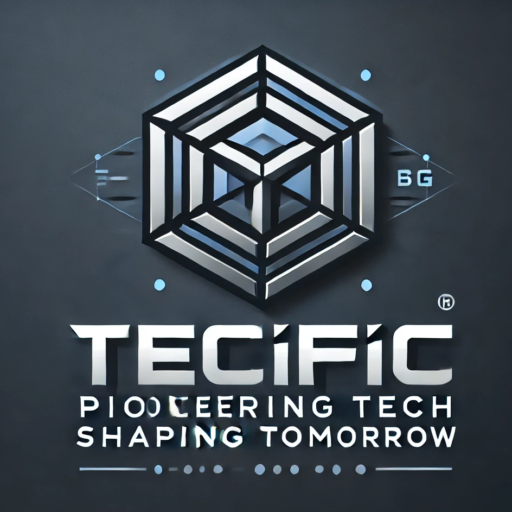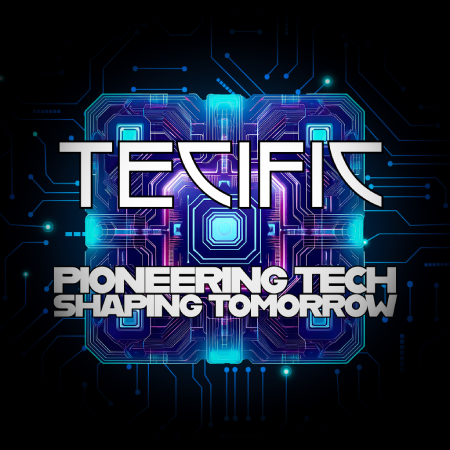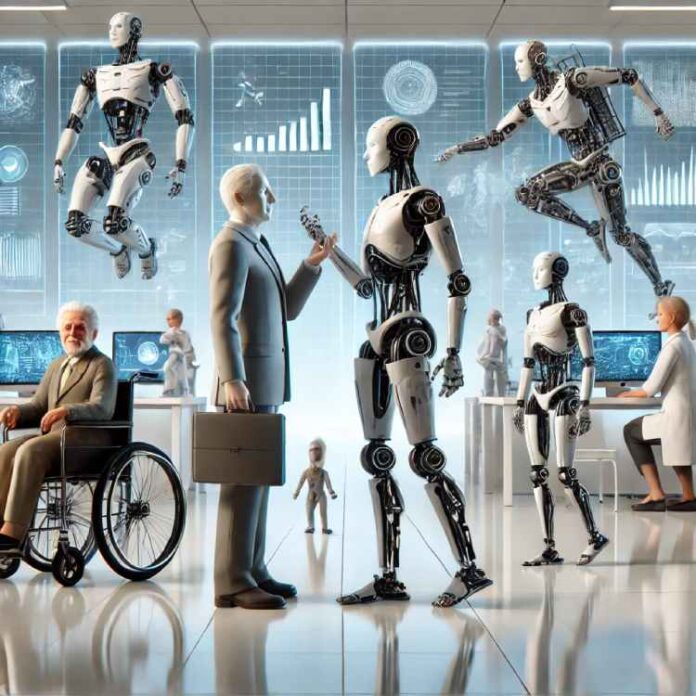In recent years, the field of robotics has made significant advancements, with humanoid robots emerging as a remarkable frontier. Humanoid robots, designed to resemble and mimic human behavior, are playing an increasingly vital role in industries ranging from healthcare to entertainment, manufacturing, and space exploration. These robots are equipped with artificial intelligence (AI), machine learning algorithms, and sophisticated sensors, allowing them to navigate the human environment with remarkable dexterity. In this article, we explore the most advanced humanoid robots of 2024 that are redefining our relationship with technology.
1. Ameca: The Future of Human-Robot Interaction
Ameca, developed by UK-based Engineered Arts, stands out for its incredibly lifelike facial expressions and advanced communication skills. As one of the most realistic humanoid robots, Ameca is designed to interact with humans in a natural and intuitive way. Powered by state-of-the-art AI, it can hold conversations, understand emotions, and respond with human-like gestures, facial expressions, and body movements.
Key Features:
- Incredibly realistic human-like expressions.
- Advanced AI for natural language processing and emotional understanding.
- Modular design for easy upgrades.
- Ideal for public interaction, entertainment, and education.
Ameca’s potential lies in bridging the gap between humans and machines, making it an ideal candidate for customer service roles, educational interactions, and as a social companion.
2. Atlas: The Agile Humanoid from Boston Dynamics
Boston Dynamics’ Atlas is arguably the most agile and athletic humanoid robot to date. Known for its incredible balance, agility, and ability to perform complex movements such as backflips, running, and jumping, Atlas is setting the standard for humanoid robotics in dynamic environments. It was initially designed for disaster response, but its potential has expanded to various sectors like industrial automation and search-and-rescue missions.
Key Features:
- Highly agile with advanced bipedal movement.
- Capable of performing tasks in complex, unpredictable environments.
- Vision-based object manipulation.
- Designed for disaster response, industrial work, and defense applications.
Atlas represents the future of robots in high-risk environments where human intervention may not be possible, offering unparalleled mobility and adaptability.
3. Tesla Optimus: Revolutionizing Everyday Tasks
Unveiled by Elon Musk in 2022, Tesla Optimus is a humanoid robot designed to handle routine physical tasks. While still under development, Tesla Optimus is expected to revolutionize industries such as manufacturing, logistics, and home automation. Optimus will leverage Tesla’s expertise in AI and autonomous driving technology, allowing it to perform complex tasks like lifting, moving objects, and interacting with its environment in a safe and efficient manner.
Key Features:
- Autonomous movement and navigation.
- Capable of performing repetitive tasks like lifting and carrying.
- AI integration with Tesla’s autopilot and neural network technologies.
- Designed for industries such as manufacturing, logistics, and domestic services.
Tesla’s vision for Optimus is to create an affordable robot that can relieve humans of mundane, repetitive tasks, making it an important development in home automation and industrial robotics.
4. Sophia: The AI-Driven Social Humanoid
Created by Hanson Robotics, Sophia is the world’s most famous humanoid robot, known for her lifelike appearance and sophisticated AI. Sophia is not just a social robot; she is also an advocate for AI ethics and is involved in discussions about the future of AI-human relationships. Sophia can hold conversations, recognize faces, and even express emotions. She is often seen in public forums, conferences, and media appearances, representing the growing role of AI in society.
Key Features:
- AI-driven conversational abilities and emotional recognition.
- Human-like facial expressions.
- Capable of participating in interviews, conferences, and public events.
- Focused on AI ethics and human-AI collaboration.
Sophia highlights the potential of humanoid robots in public roles, helping to educate and engage people in discussions about the future of AI and robotics.
5. Asimo: The Iconic Humanoid Robot
Asimo, developed by Honda, is a trailblazer in the field of humanoid robotics. Although production was halted in 2018, Asimo remains one of the most iconic robots of the 21st century. Known for its ability to walk, run, climb stairs, and even dance, Asimo was designed to assist in human environments, such as homes, offices, and hospitals. Its development paved the way for future advancements in robotics, particularly in mobility and human-robot interaction.
Key Features:
- Advanced bipedal walking and running.
- Gesture and voice recognition.
- Capable of performing tasks like carrying items and opening doors.
- Focused on assisting humans in everyday tasks.
While Asimo is no longer in active development, its legacy continues to influence the design and function of today’s humanoid robots.
6. Nadine: The Social Companion Robot
Nadine is a socially intelligent humanoid robot developed by Nanyang Technological University in Singapore. With the ability to engage in long-term interactions, Nadine is designed to serve as a social companion, particularly for the elderly or people with disabilities. Nadine can remember past conversations, recognize faces, and exhibit emotions. She has the potential to assist in elderly care and provide emotional support for individuals who may feel isolated or lonely.
Key Features:
- Memory of past interactions and recognition of individuals.
- Emotionally intelligent AI that can mimic human emotional states.
- Designed for long-term companionship and social engagement.
- Useful in healthcare and eldercare applications.
Nadine represents a step forward in emotional AI and the development of robots that can serve as companions and caregivers.
Conclusion
Humanoid robots are rapidly evolving, with significant advancements in AI, mobility, and human interaction. From Tesla’s Optimus to Sophia and Atlas, these robots are not just machines; they represent the future of technology and society. Whether assisting in dangerous environments, providing care for the elderly, or simply engaging in social conversations, humanoid robots are poised to become integral parts of our daily lives. As we move further into 2024, the potential for these robots to change the way we live and work is more exciting than ever.
These groundbreaking robots are setting the stage for a world where humans and machines work hand in hand, making our future more efficient, safe, and interconnected.




